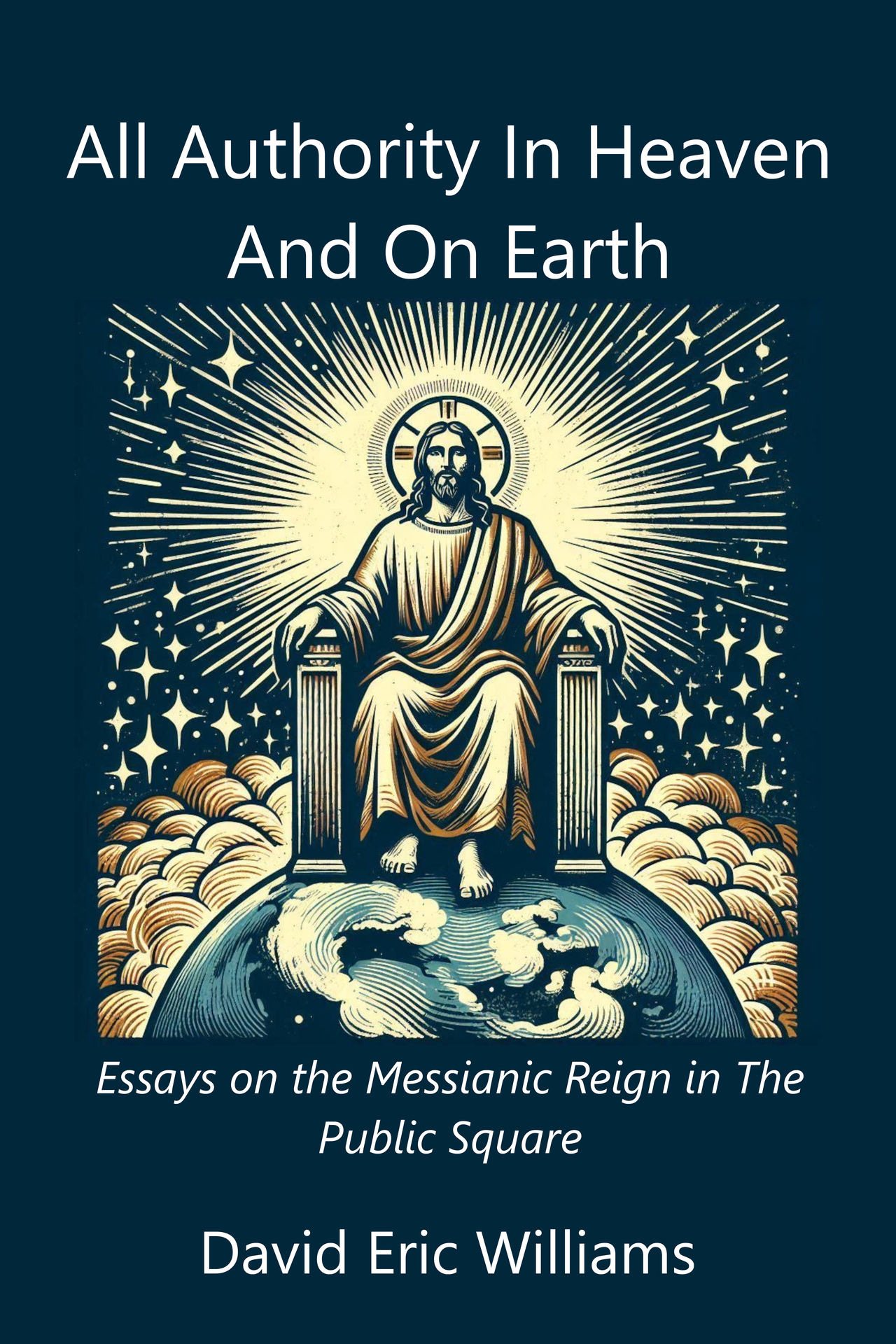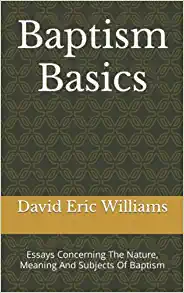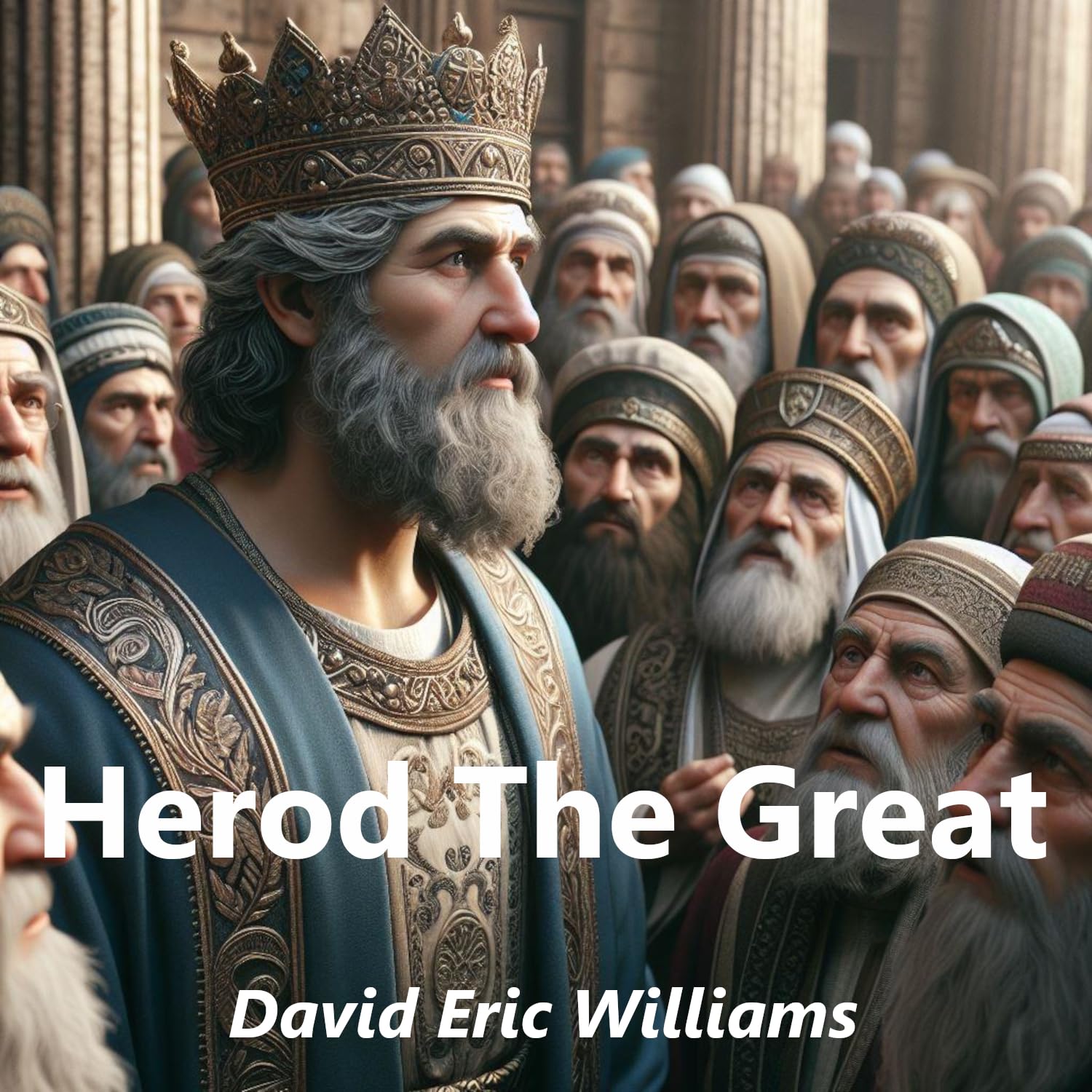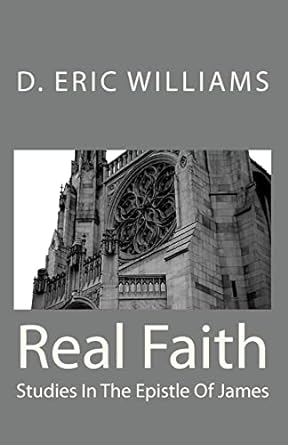Temple Thoughts and Ezekiel's Temple Vision
© 02.14.2018 D. Eric Williams
 When the word temple is referenced in the Old Testament, it is most often a
translation of the Hebrew word
bayith. This term means house but can be
translated and used in a variety of ways. It refers to the interior of Noah's ark
(Genesis 6:14); It often means the building people live in (Gen 12:15 and etc.); It
also can mean the household, family line or dynasty of a person or family (Genesis
12:17, Exodus 2:1, 2 Samuel 7:11 and so on).
When the word temple is referenced in the Old Testament, it is most often a
translation of the Hebrew word
bayith. This term means house but can be
translated and used in a variety of ways. It refers to the interior of Noah's ark
(Genesis 6:14); It often means the building people live in (Gen 12:15 and etc.); It
also can mean the household, family line or dynasty of a person or family (Genesis
12:17, Exodus 2:1, 2 Samuel 7:11 and so on).
When the expression is used to refer to the temple of God, it implies no particular form. The specifics concerning the house of God are supplied in the blueprints provided to David and Solomon much like Yahweh directed the building of the tabernacle (Exodus 25:8-9, 26:1-ff, 1 Chronicles 28:11-19). These plans were a shadow and copy of the heavenly sanctuary (Hebrews 9:23).
In the New Testament, the Greek word commonly translated as temple is naos. Here again it is a word that can mean a dwelling place, temple generally or the temple of God. It is the word that Paul uses to describe the state of Believers. He says people who are new creations in Christ are a temple, a dwelling place for God (1 Corinthians 3:16).
Although there is no building referenced in the creation account, the story of the temple begins in Eden. There God planted a garden and there he met with Man. Really this is the essence of the temple experience; a place where God meets with Man.
It was a long time after the expulsion of Adam and Eve from the garden before God directed Humanity to create a place that would fill the post-Garden void. The tabernacle and temple were symbolic of the heavenly reality - or before Christ, the heavenly hope. With the coming of Christ and the completion of his earthly ministry, the temple situation changed dramatically.
Now, "For Christ did not enter a sanctuary made by human hands, a mere copy of the true one, but he entered into heaven itself, now to appear in the presence of God on our behalf" (Hebrews 9:24, NRSV). In other words, Jesus offered the sacrifice of himself in the heavenly temple, the temple that served as a model for the earthy sanctuary.
In the old covenant tabernacle and temple, the Holy of Holies was the place God met once a year with the high priest. Now, in Jesus Christ, we are a kingdom of priests; we meet with God continually. This happens in two ways. First, in Christ we worship God in the heavenly sanctuary. The veil of the old covenant was torn in two and through the "veil" of Christ we enter the Holy of Holies - always. As Christians, God "has blessed us with every spiritual blessing in the heavenly realms in Christ" (Ephesians 1:3). And, we have been made "alive together with Christ - by grace you are saved! And he raised us up with him and seated us with him in the heavenly realms in Christ Jesus" (Ephesians 2:5-6). Once more:
Therefore, brothers andsisters, since we have confidence to enter the sanctuary by the blood of Jesus, by the fresh and living way that he inaugurated for us through the curtain, that is,through his flesh, and since we have a great priest over the house of God, let us draw near with a sincere heart in the assurance that faith brings, because we have had our hearts sprinkled clean from an evil conscience and our bodies washed in pure water (Hebrews 10:19-22).
Secondly, as the redeemed in Christ we individually and corporately become the place where God dwells - all the time. Thus, "You, however, are not in the flesh but in the Spirit, if indeed the Spirit of God lives in you. Now if anyone does not have the Spirit of Christ, this person does not belong to him" (Romans 8:9). Also, "do you not know that you are God's temple and that God's Spirit lives in you?" (1 Corinthians 3:16). And again, "do you not know that your body is the temple of the Holy Spirit who is in you, whom you have from God, and you are not your own?" (1 Corinthians 6:19).
In short, the place God communes with man in the new covenant age is in us. Each Believer, each person who has put on Christ, is the Lord's new temple. And not just individually; we are corporately a temple for God as well and he communes with us there when we meet together in his name (Ephesians 2:21-22, 1 Peter 2:5 and many more).
When we turn our attention to interpreting the visions of Ezekiel concerning the temple, we must first start with the context of the book itself. Based on what we find there (and considering the genre of prophecy as a whole), we understand that none of Ezekiel's visions are literal representations of reality. If a person actually digs into the text, understands the genre and the nature of prophetic utterance they will not conclude that Ezekiel 40-48 describes an actual temple made of stone, wood and metal.
A common characteristic of prophetic utterance in the Bible is hyperbole. Sometimes this takes a "cosmic form" such as Isaiah's description of the messenger. In his prophecy, Isaiah said the messenger would be "the voice of one crying in the wilderness: 'Prepare the way of the LORD; Make straight in the desert a highway for our God. Every valley shall be exalted and every mountain and hill brought low; the crooked places shall be made straight and the rough places smooth'" (Isaiah 40:3-4).
This is a well-known passage so we may not give it much thought, but the truth is, it's pretty extravagant language. After all, John didn't actually do anything except preach and baptize people. Yet the application of Isaiah's prophecy to John (Luke 3:4-5) invests John's ministry with earth shaking importance by use of "cosmic phenomena" hyperbole - mountains leveled, valleys filled, broken country made table-top smooth! This language is appropriate because John's ministry did have earth shaking importance; he was the forerunner of the Christ, given responsibility to declare His arrival and ministry. Thus, Isaiah (under the inspiration of the Holy Spirit), portrays John as an earth shattering messenger of the one who would actually remake heaven and earth.
Sometimes we see a similar prophetic trope in the great detail provided in a vision or oracle. For instance, Ezekiel has a lot to say (more than we might want to hear in fact), as he symbolically describes the covenant unfaithfulness of Jerusalem, Israel and Judah. In chapters sixteen and twenty-three, Ezekiel uses 2959 words (in the New King James Version) to graphically describe the spiritual harlotry of God's people. By comparison, he uses 2721 words (NKVJ) in 40-42 to describe the details of the visionary temple. Interestingly enough, the temple of Solomon is described in just 964 words in 1 Kings 6:1-38. One of the things we see is that Ezekiel uses detail to convey the idea of importance. In other words, verbosity does not mean literal it means important.
It should be clear but it bears repeating that the prophetic utterances concerning Jerusalem (chapter sixteen) and the prophecy about Israel and Judah (chapter twenty-three) were not literal statements of fact. Yes, the city and two nations had apostatized but (obviously) Ezekiel personifies Jerusalem, Judah and Israel and describes their spiritual harlotry in graphic symbolic terms. Thus the prophecies speak in essential expressions not literal.
The same can be said of Ezekiel's visionary messages. We know from the text itself that all of Ezekiel's visions are fulfilled in essence not literally. In the first place, the visions are superintended by a preternatural guide. This is one of the characteristics commonly ascribed to apocalyptic literature. The most well-known apocalypse is The Revelation (apocalypse simply means revelation, as in, reveal). In The Revelation, John is guided by an angelic being through a series of visions. Now, no one, no matter their eschatology and regardless of their claims to the contrary, interprets The Revelation literally. For instance:
The shape of the locusts was like horses prepared for battle. On their heads were crowns of something like gold, and their faces were like the faces of men. They had hair like women's hair, and their teeth were like lions' teeth. And they had breastplates like breastplates of iron, and the sound of their wings was like the sound of chariots with many horses running into battle. They had tails like scorpions, and there were stings in their tails. Their power was to hurt men five months (Revelation 9:7-10, NKJV).
The people who claim to interpret The Revelation literally are the first to see a description of Apache attack helicopters in this passage. So much for a "literal interpretation."
The point is, apocalyptic visions convey truth in symbolic terms. Certainly the visions are telling us the truth but the truth is realized in a form different than what is described in the vision.
When we turn our attention to the visions of Ezekiel it is clear they are not meant to be understood literally. Each vision is fulfilled in essence not in a woodenly literal fashion. For instance:
Ezekiel did not eat a literal scroll; he did literally prophecy judgment against Judah and Jerusalem (Ezekiel 3:1).
Ezekiel did not literally dig through the temple courtyard wall (Ezekiel 8:8). The visionary action of doing so symbolized the uncovering of Judah's sin. Indeed, none of the things Ezekiel saw in his visionary visit to the temple should be understood as woodenly literal. Instead, the vision revealed the heart and practices of the people. The literal truth revealed by the vision was that the Jerusalemites were corrupt and unfaithful.
There were not six men with "shattering weapons" who destroyed Jerusalem in 586 BC (Ezekiel 9:1-7). It was the Babylonian army.
There was not a literal man in linen marking the foreheads of those to be spared (Ezekiel 9:4). There was the unseen protective hand of God on those he chose to save.
There was not or will there be, a valley of dry bones that is clothed with sinews and flesh and then resuscitated. However, depending on your interpretation, there will be a restoration of Israel of some sort (Ezekiel 37).
In each case, the fulfillment of the vision takes on a form different than the vision itself. The visions are certainly fulfilled - but in essence, not in the literal way dispensationalists define literal. The temple vision is unquestionably fulfilled - even physically. But it is fulfilled in the form of new covenant believers and the Body of Christ, the Church.
Finally, to suggest that God intends for animal sacrifice to be reinstated at any time after the crucifixion of Christ does not even warrant extended comment due to the absurdity of the idea. The presence of animal sacrifice in Ezekiel's vision convinces us that the temple vision of Ezekiel has no future literal fulfillment. To suggest otherwise is to deny that "the final sacrifice of Jesus Christ has made the Levitical system obsolete (see Heb. 9:1-10:18). To return to this system with its sin offerings and such would be a serious retrogression" (Robert Chisholm, Handbook On The Prophets, 286).
Entire Site Copyright © 2025 By David Eric Williams










